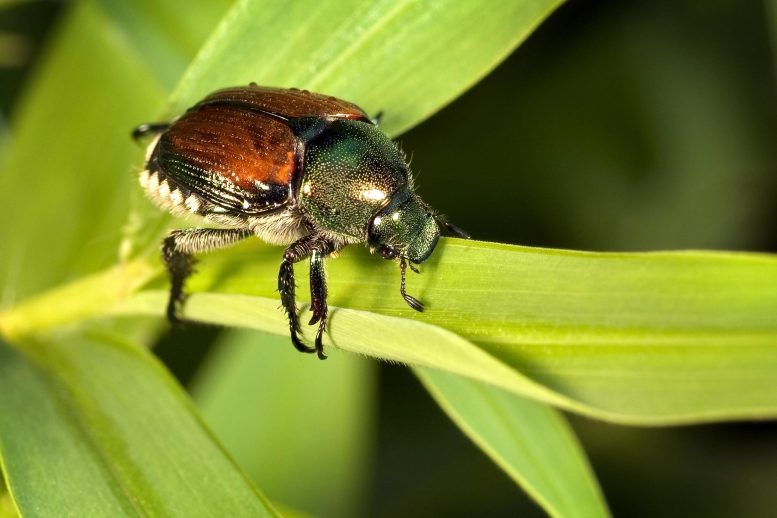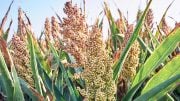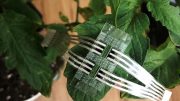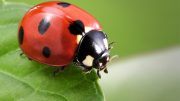
New research from Cornell University shows that plants can communicate with each other when they come under attack from pests.
The study shows that plants can share messages in the form of airborne chemicals known as volatile organic compounds (VOCs) that transfer information among plants.
Andre Kessler, professor of ecology and evolutionary biology at Cornell, and his team looked at Solidago altissima, a species of goldenrod native to the Northeast, and monitored the impact of a specific herbivore: the goldenrod leaf beetle.
The big finding is what Kessler calls “open-channel communication.” When plants are under attack, their smells — carried by VOCs — become more similar.
“So, they kind of converge on the same language, or the same warning signs, to share the information freely,” Kessler said. “The exchange of information becomes independent of how closely related the plant is to its neighbor.”
The research found that neighboring plants pick up on warning VOCs and prepare for the perceived threat, such as an incoming insect pest.
“What we very often see when plants get attacked by pathogens or herbivores is, they change their metabolism,” Kessler said. “But it’s not a random change — in fact, those chemical and metabolic changes are also helping them cope with those attackers. It’s very much like our immune system: though plants don’t have antibodies like we have, they can fight back with pretty nasty chemistry.”
That chemistry includes defensive compounds. For example, some of the VOCs can attract predacious insects, or parasitoids, which kill the herbivore and save the plant.
Such findings could have practical applications around the world.
“For a long time, people have thought about using plant-to-plant interactions in organic agriculture to protect crop plants, especially when you have intercropping systems,” Kessler said. “We are involved in work on a system in Kenya — called ‘push-pull’ and developed by the International Center for Insect Physiology and Ecology — which is based on manipulating the flow of information to control a pest in corn fields.”
###
The paper, “Insect Herbivory Selects for Volatile-Mediated Plant-Plant Communication” was published in Current Biology on September 23, 2019.
Reference: “Insect Herbivory Selects for Volatile-Mediated Plant-Plant Communication” by Aino Kalsk, Kaori Shiojiri, Akane Uesugi, Yuzu Sakata, Kimberly Morrell and André Kessler, 23 September 2019, Current Biology.
DOI: 10.1016/j.cub.2019.08.011









Be the first to comment on "Plants Use Common ‘Language’ to Alert Neighbors to Threats"